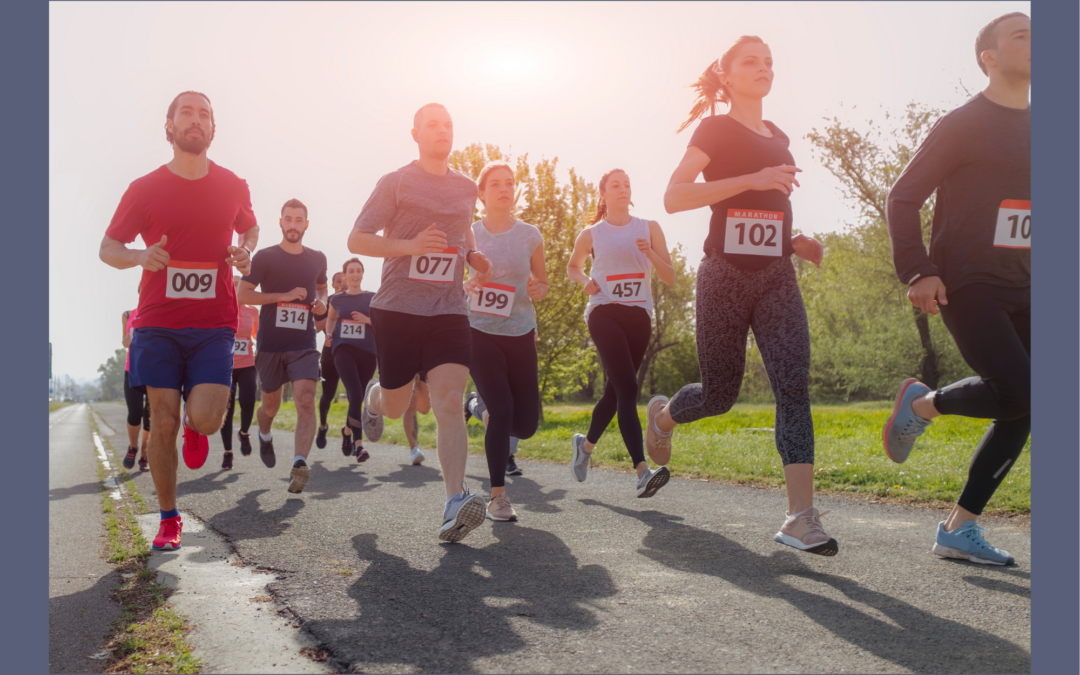For the past 7 weeks, in an effort to stay grounded and not burn out, we keep reminding each other “this is a marathon, not a sprint.” This morning I spent some time processing this phrase and thinking about how it applies to disaster philanthropy. Typically, our communications focus on our efforts with generous donors and selfless nonprofits. This piece is a little different as it is my personal perspective as the Executive Director of the Community Foundation. The light-hearted nature is not intended to discount the seriousness of the situation in our community, but shine a different light on the journey.
After 11 years in my position, this is my first experience with disaster philanthropy. I have joked that our work with the pandemic challenged us and forced us to rise in new ways and seemed intense at the time. Compared to tornado response, our efforts with COVID-19 are more equivalent to a couch-to-5k training program. While I have never run a full marathon, I have done plenty of 5ks, 10ks, and half-marathons, but as I put one step in front of the other in this journey, here are some of the images, thoughts, and phrases familiar to the running community that have come to mind.
Length of the journey: Unlike a sprint where you can see the 50 meters, 100 meters or even 200 meters ahead, a marathon is 26.2 miles. Right now we can only see a small section of the course, the finish line is nowhere in sight. While we have read articles, met with professionals, and have some very tentative estimates, we know recovery from this tornado will take a long time — or many miles.
Starting line: The emergency alert that came through at 3:45 p.m. on May 20 was like the announcement that it was time to head to the starting line. The fear of the unknown and the scrambling not unlike the butterflies and last-minute pre-race adjustments (double tie laces, a final bathroom run, etc.) before the official start. Like many big races, it was a waving start determined by geography instead of pre-qualifying times, “Shady Brook, Nottingham, M32, Meecher, Downtown Neighborhoods, Berkshire, Classic, Goslow, and Sparr.”
The first few minutes: At the sound of the gun, people are shoulder to shoulder with an occasional near trip or elbow with the runner next to them. A loud sound also came with the passing of the storm, more like a train, followed by chaos and panic. Congestion, trying to navigate paths to loved ones with down trees, debris, spotty cell service, no internet, etc. An hour after the tornado went through I was on the phone with other philanthropic leaders from across the state getting a quick overview of how they handled disasters in the past. As service was restored, the calls, emails and contributions started coming in — shoulder to shoulder.
Ideal race conditions: According to Google, the ideal temperature for a marathon is 50-62 degrees. While COVID-19 seemed to be dividing, the first leg of this race has been uniting. Neighbors and strangers coming together to clean up debris, people generously sharing time, talent, and treasure. While there are plenty of challenges in the world, and even in our community outside of tornado response, there is hope and a sense of coming together. I can’t imagine doing this without being able to give and receive hugs or smiles. I understand like the Michigan weather, change could come at any time, but so far, so good.
Gear: I highly recommend a supportive sports bra and comfortable shoes.
Calories, calories, calories: Between the extremely high volume of transactions, phone calls, walk-ins, emails, receipt letters, thank you notes, Zoom and in-person meetings, you feel like you are running a marathon and need all the energy you can get. A sweet volunteer dropped off some granola bars and caffeinated soda, and just like Gu and Gatorade, it did the trick. A friend prepared a lasagna dinner for my family. Consuming the delicious carbs was like a fuel injection and there was zero guilt.
Blisters and Chafing: Like wear and tear on your body, when working in these conditions emotions run high and you are bound to rub someone the wrong way. However, unlike peaceful times, I have found that natural disasters help put things into perspective and you really can’t stop and dwell on a minor miscommunication or inconvenience. A little painful, sure, but considering the path, no big deal.
Moments of doubt: The first few miles you are propelled by pure adrenaline, as we were the few weeks following the tornado. Toward the end of week four I could feel the energy shift in myself and those around me and what had been adrenaline seemed more like exhaustion. With 90% of the race remaining, doubtful thoughts filled my mind. “Can we do this? Will we secure the funding we need? Will we qualify for FEMA? With very limited nonprofit capacity, who will do the work? How do we help those who need it? What help do they truly need?”
Others on the course: I have been training with some “runners” for years and others are new connections. Regardless of how long I have known them, the people on the course inspire me; their story, their talents, their “why”. More than ever before I believe “together we can do more for the community we love.”
Temporary relief: Just about the time you start to really wonder what you got yourself into, we transitioned from immediate relief to short-term recovery efforts, and with this a lane opened up, no longer shoulder to shoulder, or answering phone call after phone call, there is a little space and a doable pace. We discovered a few resources, received a few answers, and were able to implement a few solutions. Case managers have been hired through Michigan Disaster Response and Recovery. They will walk alongside survivors providing a timely and coordinated approach to recovery, connecting them to existing resources, and presenting unmet needs to local funders, including the Tornado Response Fund. We’re still not sure what exactly is around the next bend, but the progress is encouraging.
Cheering sections: In 2014 I ran the Crim with my brother Joe and sister Abby. I’ll never forget the people lining the streets cheering the entire 10 mile race through the streets of downtown Flint. Each neighborhood had its own feel, music, snacks, smiling faces, different but equally encouraging. Meaningful notes, bible verses, text check-ins, phone calls to say “you’re doing a good job”, emails from peers asking “how can we help?” Whatever the channel, your kindness really has put a pep in our step.
Preserve or push: What if we push now, will we have what it takes to finish the race? Do we hold back and wait until we fully understand what state and federal resources can cover? What is covered by insurance? Will we need more local funds to leverage state and federal money? If we go easy now will we ever be able to catch up?
Run your race: I am new to disaster philanthropy and while I didn’t consciously register for this race and would never wish for a natural disaster of any kind, I am committed to finishing. Though the exact course isn’t totally mapped out I believe the only way we can finish is to run our race. For your Otsego Community Foundation that means continuing to deliver our mission, which is to activate generosity for a strong community. We will continue to connect people who care to the causes that matter by managing the Tornado Response Fund, awarding meaningful grants, and engaging the community in efforts to fully rebuild.
Hope to see you in the next mile.
With gratitude,
Dana

